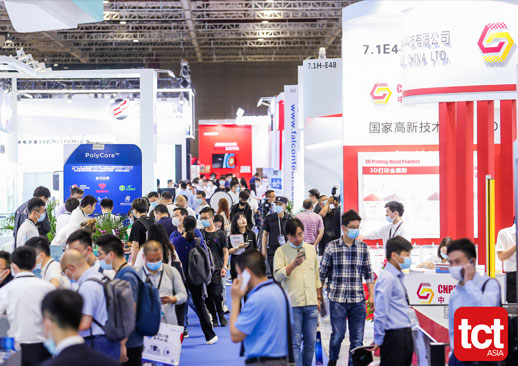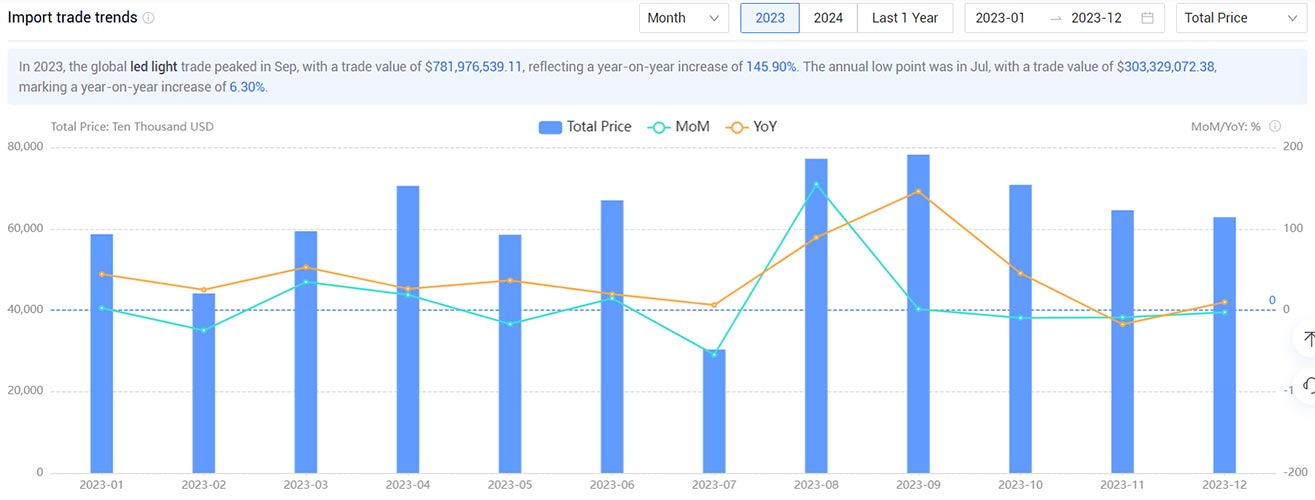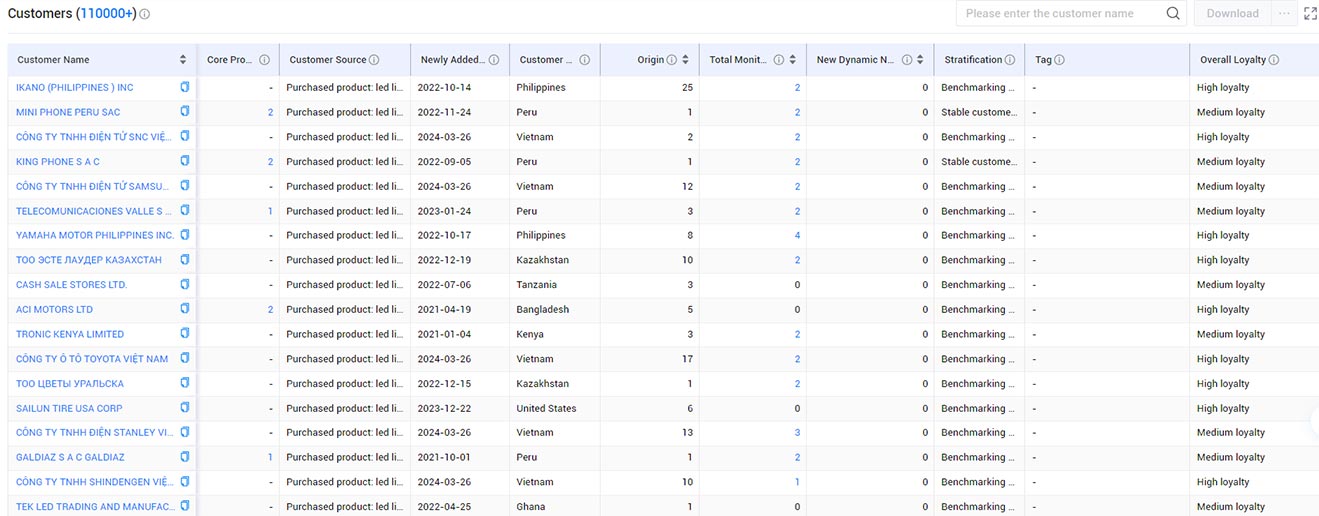 Trade Data Provider
Trade Data Provider
 24-09-2024
24-09-2024
In today's increasingly global trade, import data and export data has become a valuable resource, especially in the process of developing customers at exhibitions. Exhibitions are not only a platform for enterprises to showcase their products and technologies, but also an important way to acquire new customers and expand markets. Combining import data and export data can bring more accurate customer development opportunities and market analysis for enterprises. In this article, we will discuss how to utilize import data and export data to effectively develop customer resources and enhance the effect of exhibitions.

Step 1: Obtain and Understand Import Data and Export Data
Import data and export data usually includes detailed information on imported and exported goods, trading partners of enterprises, market share and so on. Enterprises can access this data through the Tendata import data and export data platform. The key is to be able to effectively interpret and analyze this data to identify potential customer groups and market trends.
>>Understanding Global Market Trends with Tendata<<

Step 2: Screening Potential Customers
Using import data and export data, it is possible to screen potential customers that are relevant to a company's products or services. By analyzing import and export data, you can identify enterprises that frequently import related products or raw materials, which may be potential customers at the exhibition. In addition, import data and export data can be used to understand customers' trade patterns, preferences, and possible needs, providing strong support for pre-show preparation.
>>Use Tendata import data and export data to Find Customers<<

Step 3: Precise Marketing and Communication
Prior to the show, companies can utilize import data and export data for precise marketing and communication. Through customized information, the core competitive advantages and product features of the enterprise can be conveyed to the target customers. For example, promotional materials can be customized based on a customer's import/export history, highlighting the applicability and market competitiveness of the product. This kind of personalized communication can usually attract customers' attention and increase the effective contact rate during the exhibition.
Step 4: Follow-up and expansion during the show
During the exhibition, potential customers can be quickly identified and followed up through import data and export data. Understanding their exhibition responses and changes in demand, timely adjustment of communication strategies and strengthening of customer relationships. Meanwhile, after the exhibition, by analyzing the import data and export data, you can further expand your customer base and discover possible long-term partners and market opportunities.
Conclusion
To summarize, developing customers by combining import data and export data can not only enhance the effect of the exhibition, but also bring long-term market competitive advantages for enterprises. Through in-depth analysis and use of import data and export data, enterprises can more accurately locate target customers, optimize market strategies, and achieve sound development in the global market. Therefore, combining import data and export data with exhibitions is not only an innovative method of customer development, but also an important part of promoting enterprises' internationalization strategy.
Category
Leave Message for Demo Request or Questions


 T-info
T-info T-discovery
T-discovery

 My
Tendata
My
Tendata Market Analysis
Market Analysis Customer
Development
Customer
Development Competitor
Monitoring
Competitor
Monitoring Customer Relationship
Customer Relationship





































































































































